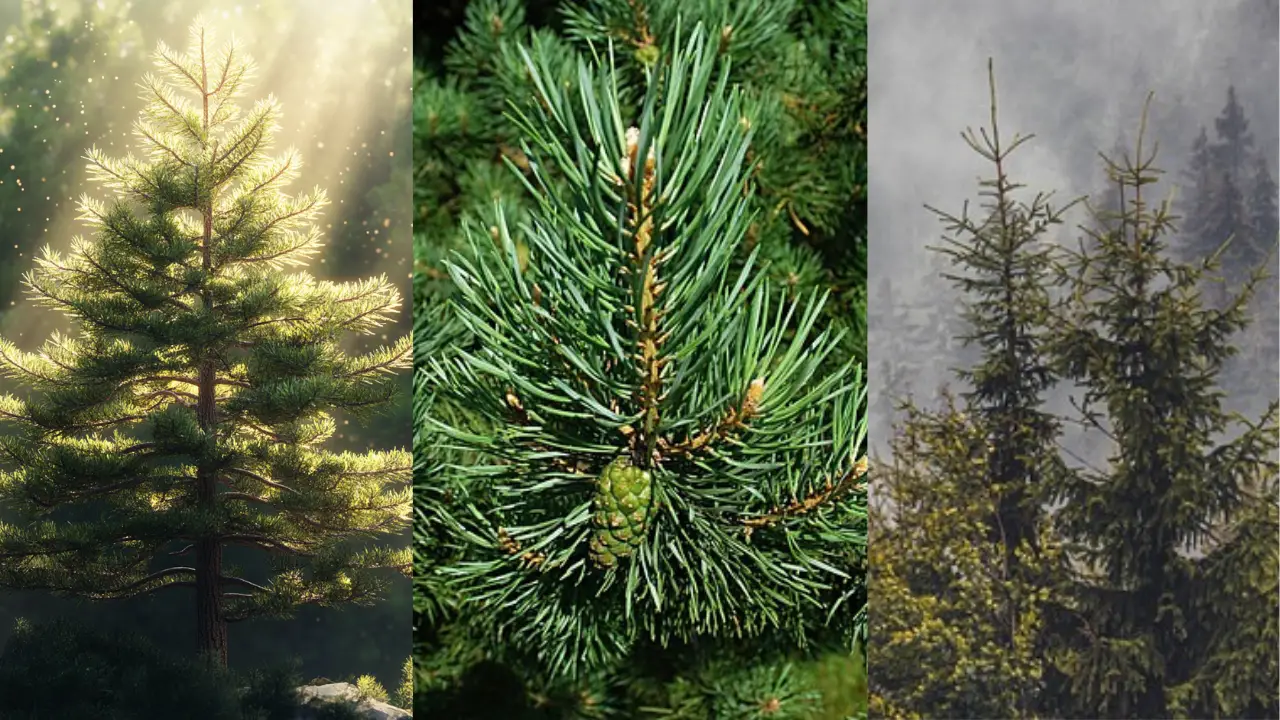Breathe Easier: How Pine Trees Can Purify the Air Naturally?

Air pollution poses significant health risks in today’s world. Pine trees offer an unexpected solution, acting as nature’s air purifiers. These evergreen giants possess remarkable abilities to cleanse the air we breathe. Their needle-like leaves trap harmful particles and absorb toxic gases, improving air quality naturally. Pine trees work tirelessly, day and night, to combat pollutants in both urban and rural environments. By harnessing the power of pines, we can create cleaner, healthier spaces for ourselves and future generations. Understanding and utilizing these trees’ air-purifying capabilities could revolutionize our approach to environmental health.
How Pine Trees Clean the Air?
Pine trees serve as nature’s air purification system, employing a variety of mechanisms to cleanse the air we breathe. Their unique structure and biological processes make them highly effective at removing different types of pollutants. Let’s explore the three main ways pine trees act as natural air filters:
1. Particulate Matter Removal
Pine needles act as nature’s air filters, effectively trapping particulate matter. Their dense, overlapping structure creates a maze-like barrier that captures dust, pollen, and microscopic debris. The sticky resin on pine needles enhances their particle-catching ability.
Compared to broadleaf trees, pines often outperform in filtering fine particles due to their needle-like leaves. Their year-round foliage provides continuous air-cleaning action, unlike deciduous trees.
2. Volatile Organic Compound (VOC) Absorption
Pine trees excel at absorbing volatile organic compounds (VOCs). They effectively remove formaldehyde, benzene, and toluene from the air. These trees also tackle xylene and ethylbenzene, common indoor pollutants.
The tree’s metabolism breaks down these VOCs into harmless compounds. Pine needles contain enzymes that accelerate this breakdown, making them efficient VOC neutralizers. The absorbed VOCs are transformed into nutrients the tree can use.
3. Ozone Reduction
Ozone reduction is another superpower of pine trees. They absorb ground-level ozone through tiny pores in their needles. This ability is particularly valuable in urban areas with high ozone pollution.
Pine trees can significantly lower ozone levels in their immediate vicinity. Their impact on urban air quality can be substantial when planted strategically. In cities, pine trees act as natural ozone scrubbers, complementing man-made air quality improvement efforts.

The Pine Tree Purification Cycle
Pine trees operate as year-round air purifiers, but their efficiency fluctuates with the seasons and time of day. Understanding these cycles can help us maximize the air-cleaning benefits of these evergreen guardians.
Seasonal changes in air purification efficiency
Spring brings a surge in pine tree air purification as new growth emerges. Summer sees peak efficiency, with fully developed needles working overtime to clean the air. Fall witnesses a slight decline as older needles shed, but overall purification remains strong. Winter efficiency dips but doesn’t halt, as pine trees continue their air-cleaning duties even in cold weather. The resin in pine needles adapts to temperature changes, maintaining stickiness for trapping pollutants year-round. Pollen capture is most effective in spring and early summer when airborne allergens are abundant.
Day vs. night air cleaning processes
Daytime air purification focuses on particulate matter and ozone removal. Sunlight triggers the opening of needle pores, enhancing the uptake of gaseous pollutants. Photosynthesis peaks at midday, boosting the tree’s overall metabolic processes including air cleaning. Nighttime sees a shift towards VOC absorption and breakdown. Cooler evening temperatures can cause water vapor to condense on needles, trapping additional particulates. The tree’s respiration process at night continues to filter air, albeit at a slower rate than during the day. Nocturnal air currents help pine trees clean a larger volume of air as breezes pass through their branches.

Quantifying the Impact
The air-purifying effects of pine trees extend beyond theory, with tangible benefits observed in various settings. Scientific studies and real-world applications demonstrate the significant impact of pine trees on air quality.
Harnessing the Pine Power at Home
Bringing the air-purifying benefits of pine trees into your living space is both achievable and rewarding. With the right species selection, proper care, and creative indoor solutions, you can enhance your home’s air quality naturally.
Best pine species for air purification in different climates
For cold climates, the Eastern White Pine excels in air filtration and winter hardiness. Warm regions benefit from the Loblolly Pine’s rapid growth and high VOC absorption. The Scots Pine adapts well to various climates, offering year-round air cleaning. Coastal areas thrive with the salt-tolerant Japanese Black Pine. Urban environments suit the pollution-resistant Austrian Pine. The Ponderosa Pine performs exceptionally well in arid, high-altitude locations.
Tips for planting and maintaining pine trees for maximum air cleaning
Plant pines in well-draining soil with full sun exposure for optimal growth. Space trees adequately to ensure proper air circulation and pollution capture. Avoid over-watering; pines prefer slightly dry conditions. Prune dead or diseased branches to maintain the tree’s health and air-cleaning efficiency. Apply a layer of mulch around the base to retain moisture and suppress weed growth. Monitor for pests and diseases regularly to prevent issues that could impair air purification.
Indoor options: Pine-based air fresheners and essential oils
Create natural air fresheners using pine needles in sachets or simmering pots. Diffuse pine essential oil to release air-purifying terpenes into your home. Place pine branches in vases for a decorative and functional air cleanser. Use pine-scented candles made with natural oils for a subtle air-freshening effect. Incorporate pine needle pillows in bedrooms for nighttime air purification. Try pine-infused cleaning products to extend air-cleaning benefits to household chores.
Conclusion
Pine trees serve as nature’s air purifiers, trapping particulates, absorbing VOCs, and reducing ozone. Their year-round efficiency and proven impact make them valuable allies in improving air quality. From forests to urban landscapes, pines offer significant environmental benefits. Embrace these green guardians by planting suitable species in your yard or using pine-based products indoors. Support local pine planting initiatives and conservation efforts to ensure cleaner air for future generations. By harnessing the power of pines, we can all breathe a little easier.
